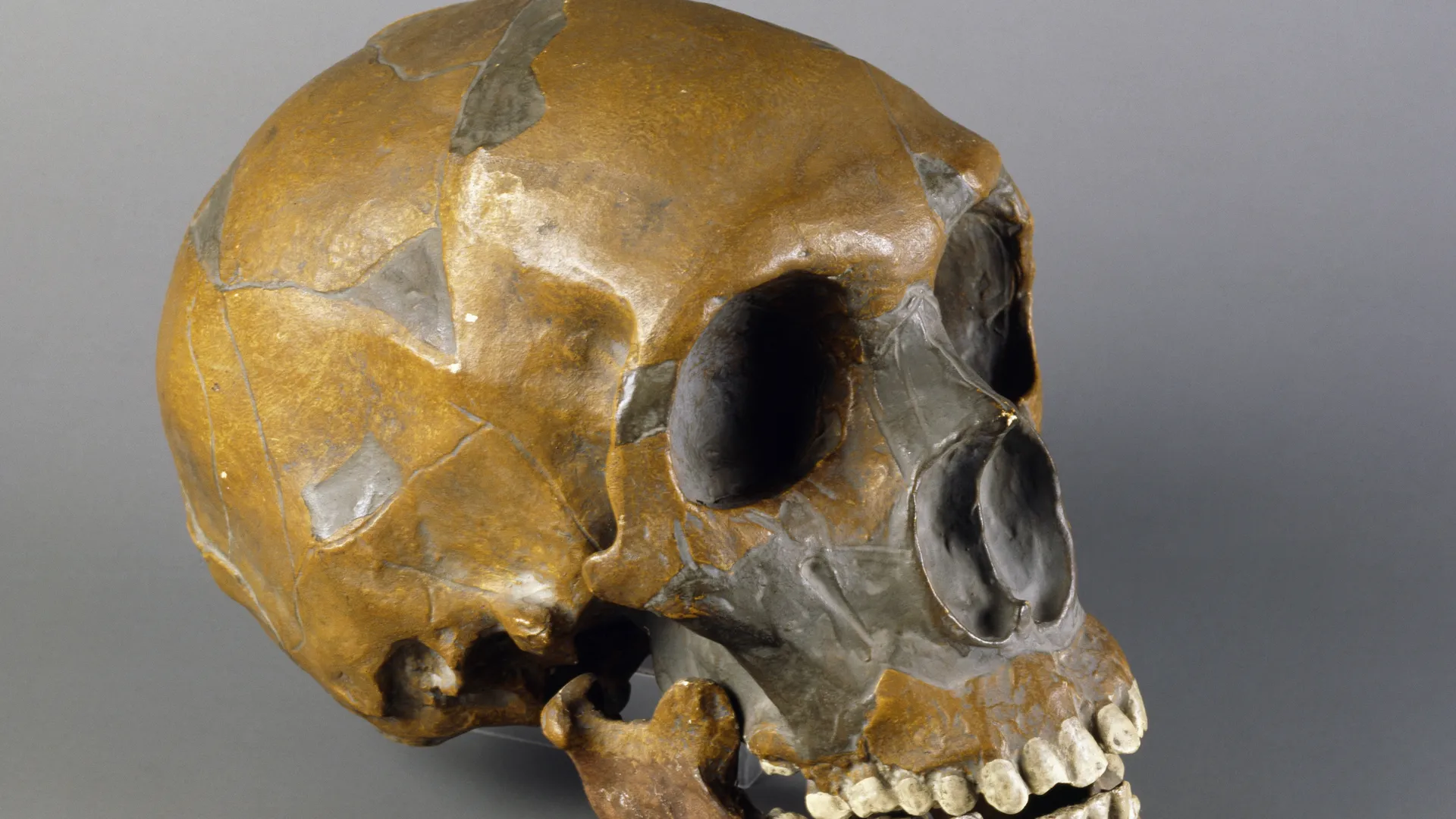The Discovery
Meet the Dragon Man. So, there’s this anthropologist and 3D designer from Brazil, Cireco Moraes, who recently took on the challenge of reconstructing the face of an ancient human called Homo longi. What’s the deal? Well, it’s all based on a prehistoric skull dug up in Harbin, northeast China, back in 1933.
Dragon Man Unveiled
This ancient human, nicknamed the Dragon Man, lived in Asia during the Middle Pleistocene era. The skull from China is estimated to be around 148,000 years old, and it’s a big deal – literally. According to Moraes, the guy behind the reconstruction, this skull is larger than any other ancient human noggin they’ve come across.

The Mystery of Harbin
The Dragon Man’s skull was found during a bridge construction project at the Songhua River in Harbin. Now, Harbin is no tropical paradise; it’s actually one of the coldest cities in China, near the Russian border. The catch? Due to not-so-organized handling of the find over the years, the exact location and fossil layers are a bit of a mystery.
Dragon Man’s Specs
Here’s the scoop: Dragon Man was likely less than 50 years old when he bit the dust. His skull, with its peculiar dimensions, stands out from the crowd of ancient human skulls. It’s long, low, and the braincase isn’t as round as your modern human skull. The brain capacity is estimated to be around 1,420 ml, kind of in the same ballpark as Neanderthals and Homo sapiens but bigger than other Homo predecessors.
CT-Scan Shenanigans
To get the lowdown on Dragon Man’s face, they did some high-tech stuff – computer tomography scans. They compared his skull to those of Homo sapiens, Homo erectus, and our hairy cousins, the chimpanzees. Moraes and the gang also measured and compared with other species, using info from previous studies. They even threw in a complete Homo erectus skull to help reconstruct the missing jaw and teeth of Dragon Man.
The Face Game
Moraes spilled the beans on how they did the face game. Using forensic facial reconstruction techniques, they pieced together what they think Dragon Man looked like. It’s like detective work for ancient faces. This method comes in handy when there’s not much info to identify someone based on their leftovers.
Missing Pieces
Now, here’s the kicker – to pull off this face approach, they had to fill in the gaps of the missing jaw and teeth. Moraes explained they used the complete Homo erectus skull to help rebuild Dragon Man’s jaw and toothless grin. It’s like putting together a jigsaw puzzle with pieces missing, but in this case, the missing parts are ancient human anatomy.
The Reveal
So, what did they come up with? The results of Moraes’ work got published in the OrtogOnlineMag journal. They’ve given us a peek into the face of the Dragon Man, bringing an ancient Asian human back to life, at least in the digital realm.
In a world where technology meets archaeology, we get to meet the ‘Dragon Man,’ reminding us that even from the depths of history, faces can come back into focus with a little bit of science and a lot of imagination.


